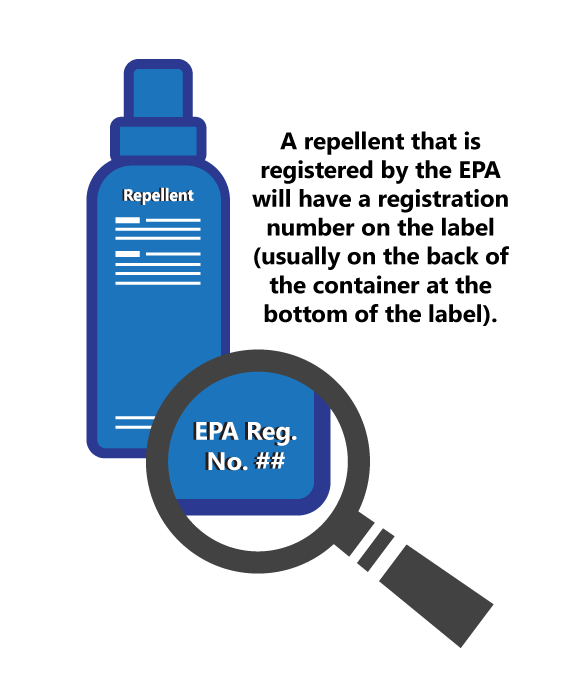Preventing Lyme Disease and Tick Related Infections: Protect Yourself From Tick Bites
Lyme disease
Lyme disease is a serious illness caused by tick bites, caused by borrelia bacteria. Humans usually get Lyme disease from the bite of a tick carrying the bacteria.
We understand the importance of staying safe and healthy, which is why we have compiled this comprehensive guide to help you minimize the risk of contracting Lyme disease.
Preventing Lyme disease and other tick-borne diseases and infections starts with awareness and proactive measures. By following some of the below tips and guidelines and using the fine point tweezers for safe tick removal, you can significantly reduce the risk of contracting Lyme disease and other infections related to ticks. Stay informed, take precautions, and enjoy the great outdoors with confidence. For safe and easy tick removal, check out our other sections in Resources.
Lyme disease

1. Know Your Adversary
Understanding ticks is the first step towards preventing Lyme disease. Ticks are tiny arachnids that thrive in wooded, grassy areas, and they can attach themselves to humans and animals alike. Black-legged ticks, also known as deer ticks, are the primary carriers of Lyme disease bacteria. Educate yourself about tick habitats, life cycles, and their peak activity periods to minimize exposure.
2. Dress Appropriately
When venturing into tick-prone areas, it is essential to dress smartly. Wear long-sleeved shirts, long pants, and tuck your pants into your socks or boots. Light-colored clothing makes it easier to spot ticks crawling on you. Additionally, consider treating your clothes with permethrin, an insect repellent specifically designed for ticks, to provide an extra layer of protection.


3. Apply Tick Repellents
4. Conduct Tick Checks
Perform thorough tick checks on yourself, your family members, and pets after spending time in tick-prone areas. Inspect your body, paying close attention to areas such as the scalp, armpits, groin, and behind the knees. Don’t forget to check your clothing and gear as well. Promptly remove any ticks you find using Hashir’s Tick Tweezers or other fine-tipped tweezers, grasping the tick as close to the skin as possible and pulling upward with steady, even pressure.


5. Create Tick-Safe Zones
Make your backyard less attractive to ticks by creating tick-safe zones. Clear away leaf litter, brush, and tall grass where ticks thrive. Regularly mow your lawn and maintain a barrier of wood chips or gravel between wooded areas and your yard. Consider placing play equipment and seating areas in sunny spots away from tick-prone areas.
6. Protect Pets
Pets can also bring ticks into your home and put you at risk. Protect your furry companions by using tick preventatives recommended by your veterinarian. Regularly check them for ticks and promptly remove any you find. Keeping your pets out of tick-infested areas or using tick-repellent sprays can significantly reduce their exposure.


7. Learn the Signs and Symptoms
Familiarize yourself with the signs and symptoms of Lyme disease. Early detection is crucial for effective treatment.
A tick bite may look like as a tiny, itchy bump on your skin. The symptoms of Lyme disease vary.
If you experience symptoms such as a bullseye rash, fever, fatigue, joint pain, or muscle aches after a tick bite, consult a healthcare professional right away. Remember to inform them about your potential tick exposure.
